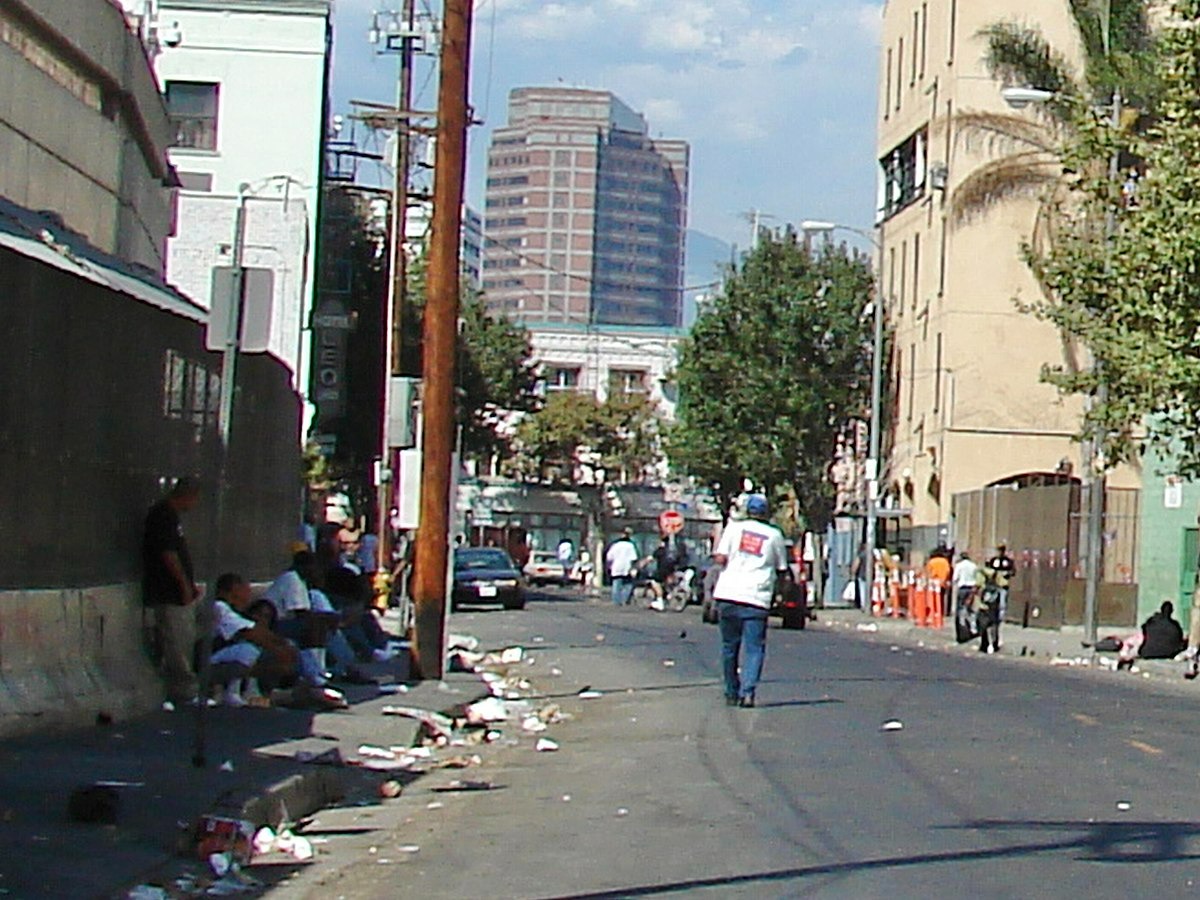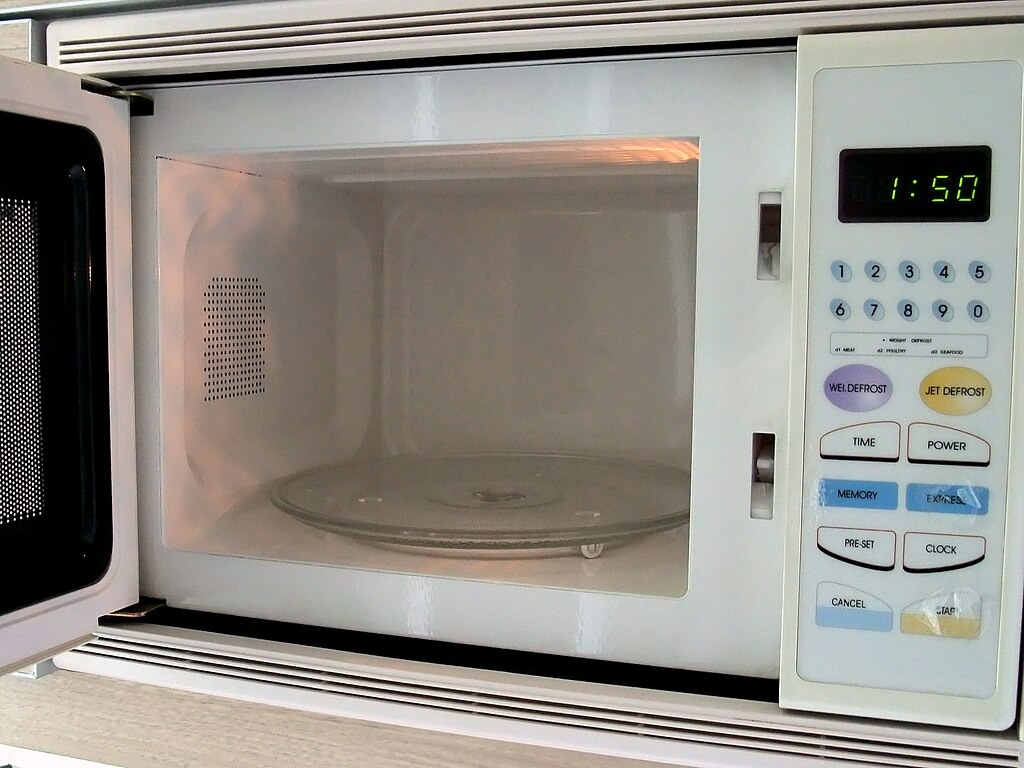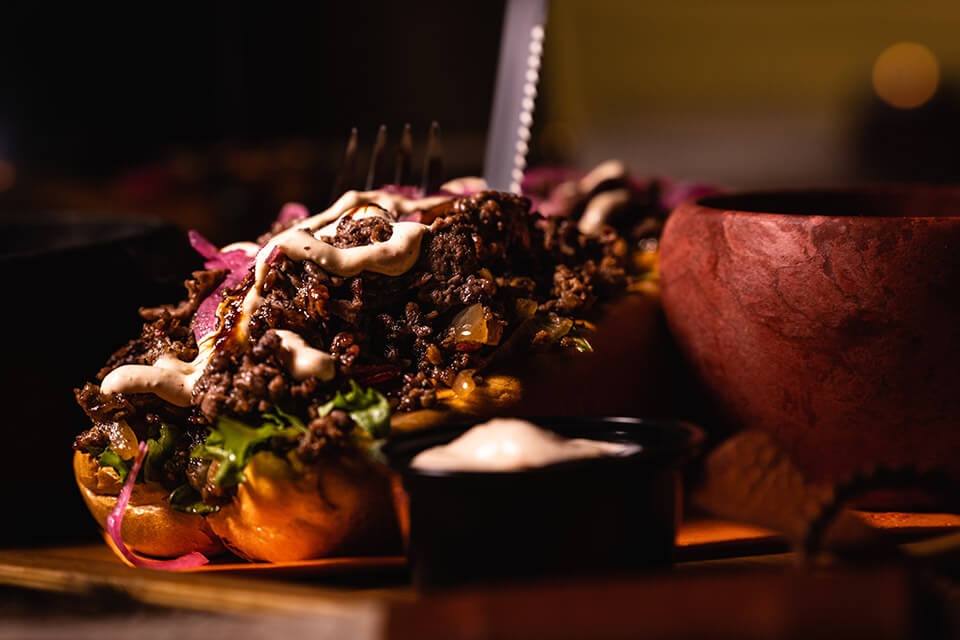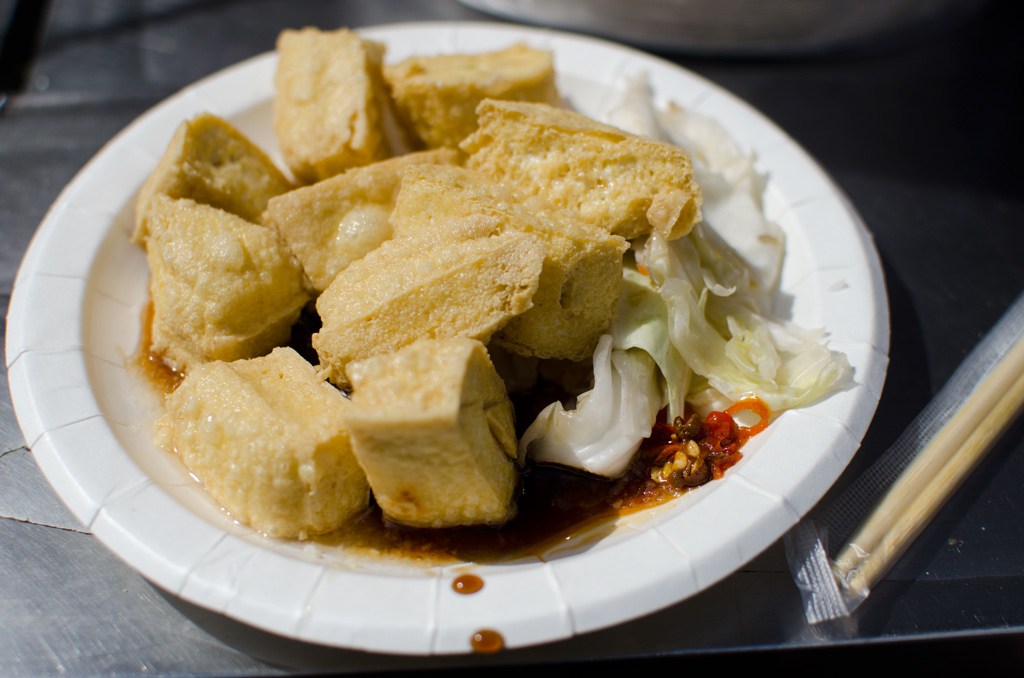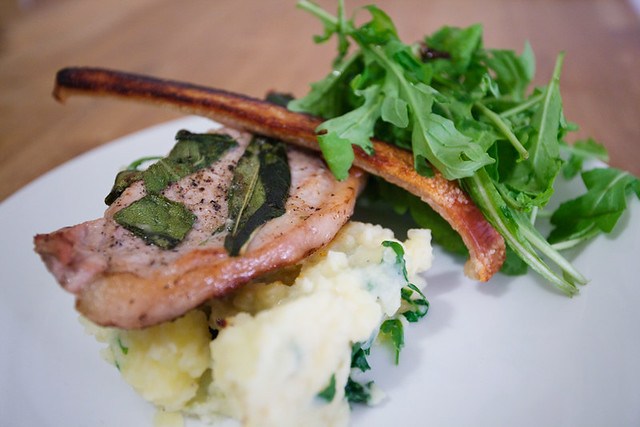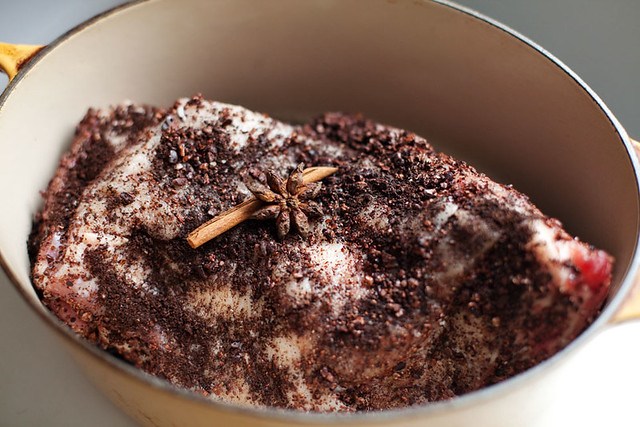The comfort of predictability crumbles when your favorite indulgence suddenly feels like a cruel joke. Cheesecake Factory devotees are discovering their beloved oversized slices have quietly shrunk, sparking a social media uprising that’s equal parts heartbreak and outrage.
A Reddit user’s photo of an Adam’s Peanut Butter Cup Fudge Ripple slice—looking forlorn and half its expected size—ignited the controversy that now burns across multiple platforms.
When Comfort Food Becomes Uncomfortable
The accusations center on “shrinkflation,” where companies reduce product size while maintaining prices. This practice has swept through the restaurant industry like wildfire since the pandemic, claiming victims from Arby’s sandwiches to PepsiCo snack portions. But hitting the Cheesecake Factory feels particularly personal to longtime customers who built traditions around those towering desserts.
Customer reactions reveal genuine frustration mixed with betrayal. Social media posts describe portions as “sad” while sharing photographic evidence of disappointment. The pain runs deeper than dessert—it strikes at the reliability of comfort rituals in uncertain times.
The customer outcry includes:
- “The last couple of times I ordered a slice, it was about half the usual size.”
- “I feel like I got robbed!”
- Photos showing dramatically smaller portions compared to expectations.
- Accusations that calorie counts remain unchanged despite reduced sizes.
“I feel like I got robbed!” – frustrated Reddit user comparing recent slice sizes to previous portions.
The Economics of Excess Under Pressure
The Cheesecake Factory built its reputation on generous portions that practically required takeout boxes, much like Panda Express using takeout boxes to promote their brand. For decades, their slices represented theatrical dining—desserts so large they bordered on performance art. This tradition of abundance made the restaurant a reliable choice for special occasions and guilty pleasures.
Industry-wide economic pressures have forced dramatic recalculations across casual dining. McDonald’s faced similar backlash over smaller Quarter Pounders, while Subway quietly reduced sandwich portions amid rising food costs. Inflation has pushed ingredient costs up since 2022, creating an impossible equation for restaurants to maintain both quality and quantity.
Supply chain disruptions compound the challenge. Cream cheese shortages, sugar price volatility, and transportation costs have fundamentally altered the economics of generous portions. Even luxury ingredients like Belgian chocolate and Madagascar vanilla—staples in premium cheesecakes, not mini savory alternatives—have seen dramatic price increases.
“Despite the apparent shrinkage, the calorie count listed on the restaurant’s website remains unchanged,” – highlighting the confusion surrounding portion modifications.
The Silence Speaks Volumes
The Cheesecake Factory has not responded to multiple requests for comment regarding the portion size allegations, leaving customers to conclude. This silence feels particularly striking given the brand’s history of bold, unapologetic indulgence and typically robust social media engagement.
While some defenders suggest portion variations depend on location or management, the widespread nature of complaints across different states suggests systematic changes rather than isolated incidents. The lack of official acknowledgment has only amplified customer frustration, turning what might have been a manageable PR situation into a trust crisis.
The controversy taps deeper anxieties about value, tradition, and the erosion of reliable comforts. When your identity revolves around excess, any retreat requires explanation, especially when loyal customers feel deceived by stealth downsizing that contradicts decades of brand promise.







